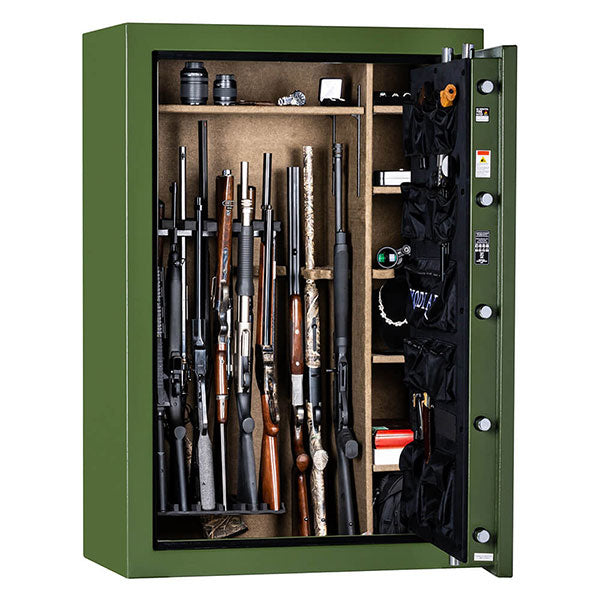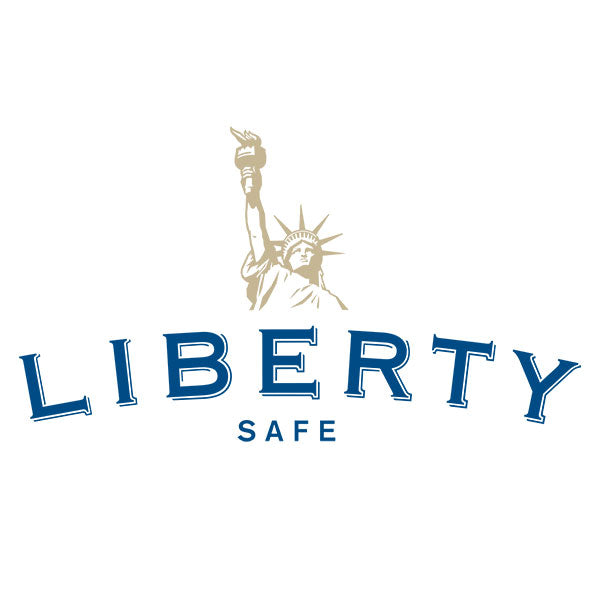What Kind of Home Safe Do I Need?
What Kind of Home Safe Do I Need?
Just starting out looking for a safe? Been looking for a while and thoroughly confused?
If you are like most people and you are looking for a safe for your home or office, you may not know exactly what you're looking for. There are many kinds of safes on the market today, and there are many sizes as well. Here is a short list of basic things to think about that will help you decide what protection you need for your valuables.
-
ARE YOU LOOKING FOR FIRE PROTECTION?
A fire safe is usually two thin sheet metal boxes, one smaller then the other, with some type of insulation between. Or it can be a metal safe with a Type X fire board mounted on the inside. A safe that has only fire protection usually does not make a good burglary unit.
-
ARE YOU LOOKING FOR BURGLARY AND THEFT PROTECTION?
A burglary safe is usually a thick steel body which becomes like an oven in a fire. It has no fire protection. It usually will char or burn whatever is in the safe when a fire occurs.
-
ARE YOU LOOKING FOR PROTECTION FROM BOTH FIRE AND BURGLARY?
Safes that are for burglary and fire protection have either the fire board installed or a modern day poured filling that protects the valuables inside from getting too hot.
-
ARE YOU LOOKING FOR AN INSURANCE RATING?
When offering you a policy, the insurance company may ask you to purchase a safe that meets the insurance industry's qualifications. Because of the replacement value of your collection, jewelry, or other valuables, the insurance company may want you to purchase a TL-15, TL-30, or TL-30X6 High Security Safe. These are ratings that are awarded to the safe manufacturer when they have their products tested. There are hundreds of testing facilities out there, but the most famous is Underwriters Laboratories (UL). When safes pass any type of test at the testing facilities, they are awarded a rating and the manufacturer will mount some type of label on the safe itself to indicate that it has passed the test. So look for labels when you are looking at safes. If you are told that a safe has passed this test or that test, and you don't find a label, question the truth of the statement.
Safes are tested in different ways:
- When a safe is tested for a fire rating at Underwriters Laboratory, it is placed in a furnace and the furnace is heated up to the temperature that has been specified for the test (this usually varies from test to test). They heat the safe for the time that is specified (again it can vary for each test). When that time is up, they take the safe and immediately lift it up to a height of approximately two to three floors and drop it onto concrete and other rubble. The safe is then put back into the furnace and the temperature brought up to the specified temperature. During the entire test, the temperature inside the safe cannot go above 350 degrees F or the safe fails the test.
- When a safe is tested for burglary, it is presented to a representative from the testing facility and goes through a rigorous testing using all types of modern day tools, as well as "old fashion" manipulation of the lock. The safe must keep the representative at bay for the amount of time that the safe is being tested (i.e., a TL15 is tested for an actual time of fifteen minutes, a TL-30 is tested for an actual time of 30 minutes - this does not include time away from attacking the safe for changing tools, replacing broken bits or tools and other breaks. This can sometimes equal hours or days)
If you are still confused, come in to any of our showroom locations in Southern California, or call one our expert safe consultants to help you decide what type of protection you need in a home or office safe.























